|
Blacks United In Diversity and Leadership supports our American Indian and Alaska Native brothers and sisters and honors Indigenous Peoples / Native American Heritage Month. Beginning in 1990, November was designated Native American Heritage Month, a time to pay tribute to the rich history and culture of the American Indian tribes. All the verbiage surrounding that initial recognition seemed to place Indigenous people and culture into a past tense. BUT WE ARE STILL HERE November is a great time to recognize, honor, and celebrate Indigenous peoples and identities past, present, and future. In order to properly respect and honor the original inhabitants, it is important to learn about the Indigenous People whose land this is. Because you don't know what you don't know... Washington State alone encompasses the traditional homelands/ancestral lands of 29 federally recognized indigenous tribes as well a many unrecognized indigenous communities. In addition to the Indigenous peoples who traditional homelands exist within the modern state boundaries, numerous indigenous peoples of the Americas have made Washington State their home. Learn more about Washington State tribes here. Because you don't know what you don't know... There is no pan-Indian culture. There are many Indigenous peoples each with our own language, customer and lifeways. We are still battling against 550 years of genocide, discrimination, erasure of our languages, cultures, and beliefs. We are still working on decolonizing how we are seen, both through internal and external lenses. When it comes to urban Indians (from federally or non-federally recognized tribes) we often exist outside the government-to-government power structure. One way to think of Indigenous identity is one is Sovereign and one is Racial/Ethnic. Both are Indigenous. NOVEMBER IS ALSO NATIONAL VETERANS AND MILITARY FAMILIES MONTH Did You Know? 18/6% of the American Indian & Alaskan Native population has served in the post 9/11 period. This is a higher percentage than veterans of other minorities at 14%. There are currently 31,000 American Indian & Alaskan Native people on active duty. There are currently 140,000 living American Indian & Alaskan Native Veterans, and 11.5% are women! More information about these heroes here. Did You Know - During World War I Although Native Americans were not considered to be US Citizens until 1924, they were required to register for the draft during WW. 6,500 Native men were drafted, and about 5,000 more enlisted, eager to carry on the warrior traditions of their tribes. 10,000+ in the Army, 2,000+ in the Navy, and 14 American Indian women served in the US Army Nurse Corps. As their tradition dictated the Onondaga and Oneida Nations declared war against Germany, so they could enter battle honorably. Choctaw & Cherokee Code Talkers For many years, the code talkers' work remained classified. The on June 18, 2002, Congress passed the Code Talkers Recognition Act to recognize the important part that these Soldiers played in "performing highly successful communications operations of a unique type that greatly assisted in saving countless lives and in hastening the end of World War I and World War II." The act further states that the code talkers operated "under some of the heaviest combat action... around the clock to provide information... such as the location of enemy troops and the number of enemy guns." Congress recognized the remarkableness of the code talkers' achievements, despite societal discrimination against them. The act states that at "...a time when Indians were discouraged from practicing their native culture, a few brave men used their cultural heritage, their language, to help change the course of history." More information about the remarkable people here. Did You Know - During World War II An estimated 44,000 Native Americans served in the United States military during World War II. 21,767 in the Army, 1,910 in the Navy, 874 in the Marines, and 121 in the Coast Guard. There were also several hundred Native American women who served as Nurses. These three are members of the US Marine Corps. They are (left to right) Minnie Spotted Wolf of the Blackfeet, Celia Mix, Potawatomi, and Violet Eastman, Chippewa. World War II - Navajo Code Talkers They devised a hundred-word dictionary of military terms including "two-star chief" for major general, "eagle" for colonel, "turtle" for tank, "sewing machine" for machine gun, and "pregnant airplane" for bomber. The main beneficiary of the code talkers' unique ability was the Fourth Infantry Division, which assigned two Comanche soldiers to each regiment with others at division headquarters. Subsequently other code talkers joined the army program from the Chippewa, Fox, Hopi, Oneida, and Sac tribes. The last of the original 29 Navajo code talkers who developed the code, Chester Nez, died on June 4, 2014. Three of the last nine Navajo code talkers used in the military died in 2019: Alfred K. Newman, died on January 13, 2019, at the age of 94. On May 10, 2019, Fleming Begaye Sr., died at the age of 97. SOCIAL DISTANCE POW WOW In the time of COVID-19 traveling and performing during Pow Wow Season is impossible and dangerous. So, the Indigenous Community came up with a way to share and participate through Facebook. More information here. ROCK YOUR MOCS - NOVEMBER 15, 2020 First established in 2011, the worldwide Rock Your Mocs events calls for American Indians and Alaska Natives to wear their moccasins on November 15 as part of Native American Heritage Month. Watch for the hastag #RockYourMocs on Instagram, Twitter, and Facebook to see how people celebrate across the country! WANT TO LEARN MORE?
PBS Commemorates Native American Heritage Month PBS celebrates the history, culture, and traditions of American Indians and Alaska Natives in a special month-long collection of films, short stories, and resources. More information here. National Park Service The National Park Service maintains a year-long website of American Indian and Native American heritage, history, and culture in National Parks across the country. More information here. National Register of Historic Places The official list of the nation's historic places "worthy of preservation", the National Register of Historic Places honors National American Indian and Alaska Native Heritage Month on it's website. The dedicated page showcases American Indian properties in travel itineraries, American Indian properties featured in Historic Places lesson plans and American Indian and Alaska Native Heritage in National Parks. More information here. Seattle's Daybreak Star Indian Cultural Center For Native American Heritage Month, the Daybreak Star Indian Cultural Center in Seattle is offering a tour where participants will learn about the /Takeover of Fort Lawton which led to the reclamation of land where Daybreak Star is located. Also included will be storytelling by renowned Northwest Native Storyteller Roger Fernandes. Tour programs are available November 14th and 18th. More information here. Comments are closed.
|
AuthorSOur blog includes but is not limited to events, insights, and highlights to augment basic education. Archives
July 2024
|
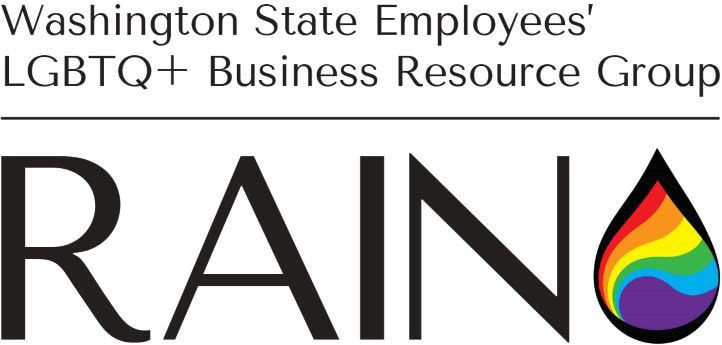
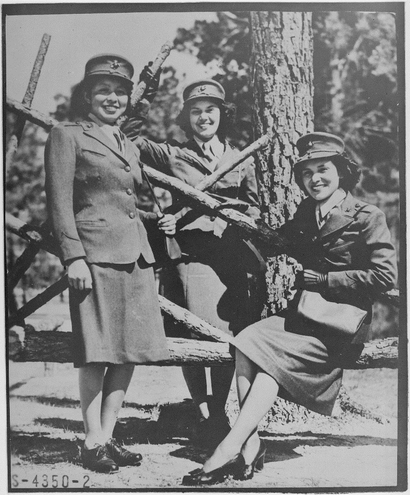
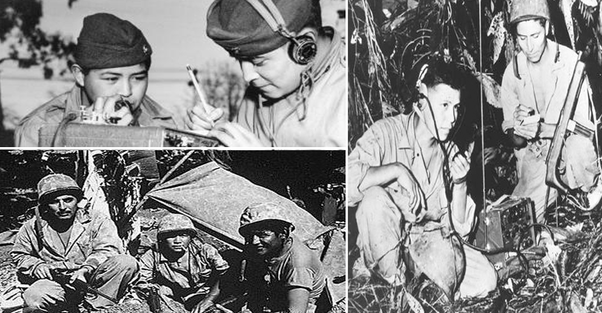
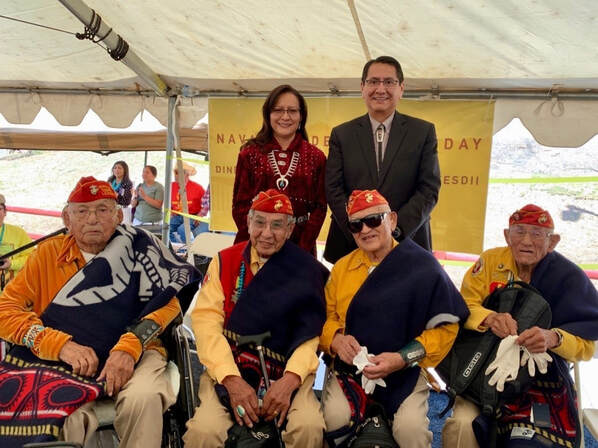
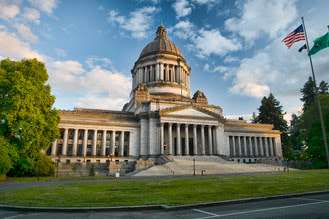
 RSS Feed
RSS Feed